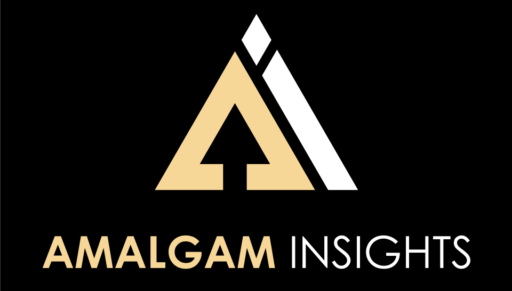
In case you missed the announcement, as of July 31st, Sumeru Equity Partners has acquired MDSL and is joining Telesoft with MDSL to form a single Technology Expense Management company. I had a few opinions about the new MDSL that didn’t fit into my more formal analysis because they’re observations rather than directional guidance. If you haven’t read the formal Market Milestone yet, please check it out.
First, Sumeru Equity Partners has an interesting portfolio of companies that could be accretive to the new MDSL company. Take a look at their current portfolio:
Continue reading Sumeru Equity Partners Acquires MDSL and Combines with Telesoft








